Gaya: Bihar’s Coldest City
Gaya, a prominent city in Bihar, consistently records the lowest temperatures in the state during the winter months. According to the India Meteorological Department (IMD), Gaya’s temperature dropped to 4.9°C on January 12, 2024.
This trend is not uncommon; in previous years, Gaya has experienced similar chilly conditions, with temperatures occasionally falling below 5°C. The city’s geographical location and climatic patterns contribute to these low temperatures, making it a focal point during Bihar’s winter season.
Recent Temperature Trends in Bihar
In recent times, several districts in Bihar have experienced significant drops in temperature. For instance, Dehri in Rohtas district recorded a minimum temperature of 4.5°C on January 11, 2025, marking it as one of the coldest places in the state at that time.
Similarly, Banka district reported temperatures as low as 6°C, while Patna, the state capital, saw a minimum of 12.5°C, indicating a statewide cold wave.
These temperature fluctuations have led to various administrative measures, including changes in school timings and advisories for residents to take necessary precautions against the cold.
Impact of Cold Waves on Daily Life
The onset of cold waves in Bihar significantly affects daily life. Educational institutions often adjust their schedules to protect students from the harsh morning cold. For example, in Patna, authorities have modified school timings in response to the dipping temperatures.
Additionally, dense fog accompanying the cold spells disrupts transportation, leading to delays in train and bus services. The health sector also sees a rise in cold-related ailments, prompting medical advisories for vulnerable populations, especially the elderly and children.
Meteorological Factors Contributing to the Cold
Bihar’s winter temperatures are influenced by several meteorological factors. The state experiences cold and dry northwesterly winds during the winter months, contributing to the significant drop in temperatures. Clear skies at night further facilitate rapid cooling of the earth’s surface, leading to lower minimum temperatures. Occasionally, western disturbances—weather systems originating from the Mediterranean region—affect the region, bringing cold spells and influencing temperature patterns. These climatic dynamics collectively shape the winter weather experienced across Bihar.
Preventive Measures and Public Advisory
In light of the recurring cold waves, the Bihar government and local authorities have been proactive in issuing guidelines to ensure public safety. Residents are advised to wear appropriate winter clothing, especially during early morning and late evening hours. The use of heaters and bonfires is encouraged in communal areas, while ensuring proper ventilation to prevent hazardous fumes. Public health advisories emphasize the importance of staying hydrated, consuming warm fluids, and seeking immediate medical attention in case of hypothermia or other cold-related health issues. Community shelters are also set up in urban areas to provide refuge for the homeless during peak cold periods.
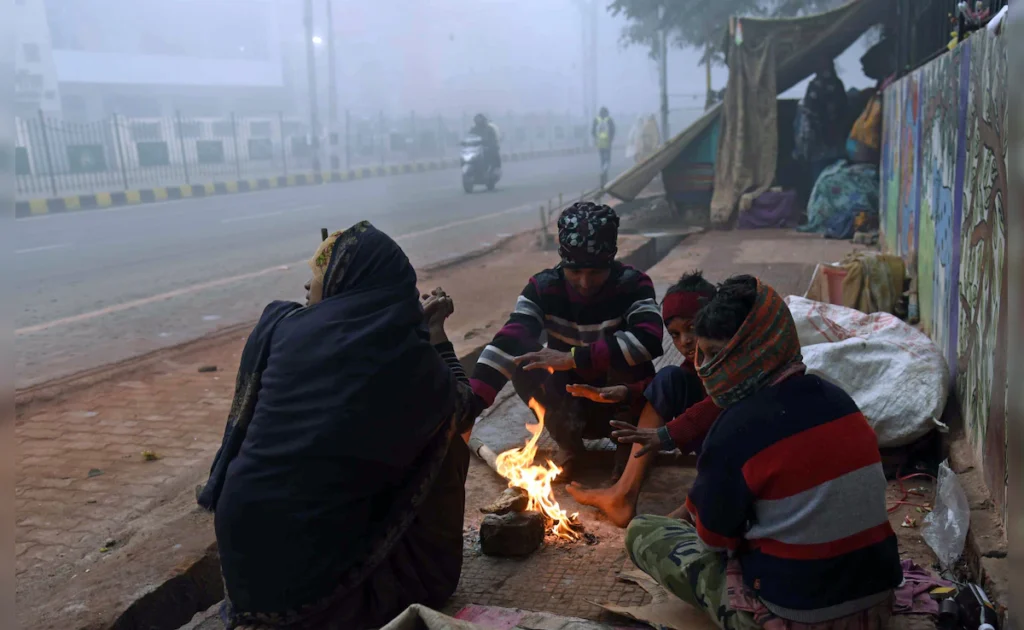
Why This News is Important
Relevance to Competitive Exams
Understanding regional climatic patterns, such as the cold waves in Bihar, is crucial for aspirants of government exams. Questions related to geography, environmental science, and general awareness often feature topics on weather phenomena and their socio-economic impacts. Knowledge of such events not only aids in answering direct questions but also enhances comprehension of broader topics like disaster management and public administration.
Implications for Public Policy and Administration
The recurring cold waves in Bihar necessitate effective public policy responses. For candidates preparing for civil services, analyzing how state machinery addresses weather-related challenges offers insights into governance and crisis management. Measures such as adjusting school timings, issuing health advisories, and providing shelter for vulnerable populations reflect the administrative acumen required to tackle environmental adversities.
Historical Context
Climatic Patterns in Bihar
Bihar’s climate is characterized by a subtropical monsoon pattern, with cold winters and hot summers. Historically, the months of December and January are the coldest, with temperatures occasionally dropping to near-freezing levels. For instance, on January 7, 2013, temperatures in some parts of Bihar dipped to record lows, with Gaya experiencing temperatures around 3.7°C.
These historical trends highlight the state’s vulnerability to cold waves and the importance of preparedness.
Key Takeaways from Bihar’s Cold Wave Conditions
| S.No. | Key Takeaway |
|---|---|
| 1 | Gaya consistently records the lowest winter temperatures in Bihar, with 4.9°C reported on Jan 12, 2024. |
| 2 | Dehri in Rohtas district noted a minimum temperature of 4.5°C on Jan 11, 2025. |
| 3 | Cold waves lead to administrative actions like adjusting school timings to protect students. |
| 4 | Meteorological factors such as northwesterly winds and clear skies contribute to temperature drops. |
| 5 | Awareness of regional climatic events is essential for government exam aspirants. |
Important FAQs for Students from this News
Q1: Which city is known as the coldest place in Bihar?
A1: Gaya is recognized as the coldest city in Bihar, frequently recording the state’s lowest winter temperatures.
Q2: What measures are taken by authorities in Bihar during severe cold waves?
A2: Authorities often adjust school timings, issue public health advisories, and establish shelters for vulnerable populations to mitigate the impact of severe cold waves.
Q3: How do cold waves affect daily life in Bihar?
A3: Cold waves disrupt transportation due to dense fog, alter educational schedules, and increase the incidence of cold-related health issues among residents.
Q4: What meteorological factors contribute to the cold temperatures in Bihar?
A4: The influx of cold northwesterly winds, clear night skies leading to rapid surface cooling, and occasional western disturbances are primary factors contributing to
Q5: How does Bihar’s winter compare to other states in North India?
A5: Bihar experiences moderate to severe winter conditions, but its cold waves are not as extreme as those in northern states like Himachal Pradesh, Uttarakhand, or Jammu & Kashmir. However, places like Gaya and Rohtas witness significantly low temperatures compared to other regions in eastern India.
Some Important Current Affairs Links









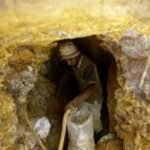


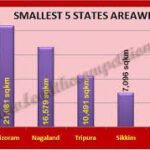
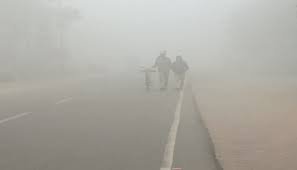


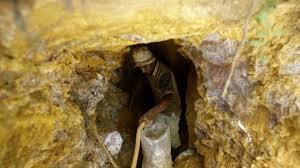

 Exciting News!
Exciting News!  Join Our Telegram Channel Now!
Join Our Telegram Channel Now!
 Join our Telegram channel for a thrilling adventure into the world of daily current affairs.
Join our Telegram channel for a thrilling adventure into the world of daily current affairs. 
 Don’t miss out on the latest updates and insights! Click to join now and be part of the knowledge revolution!
Don’t miss out on the latest updates and insights! Click to join now and be part of the knowledge revolution! 
